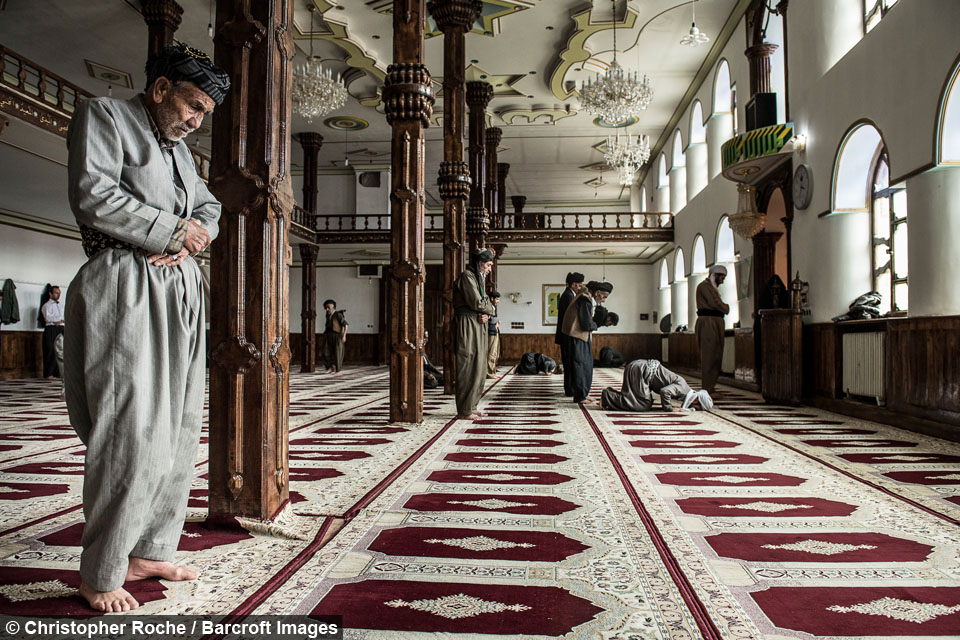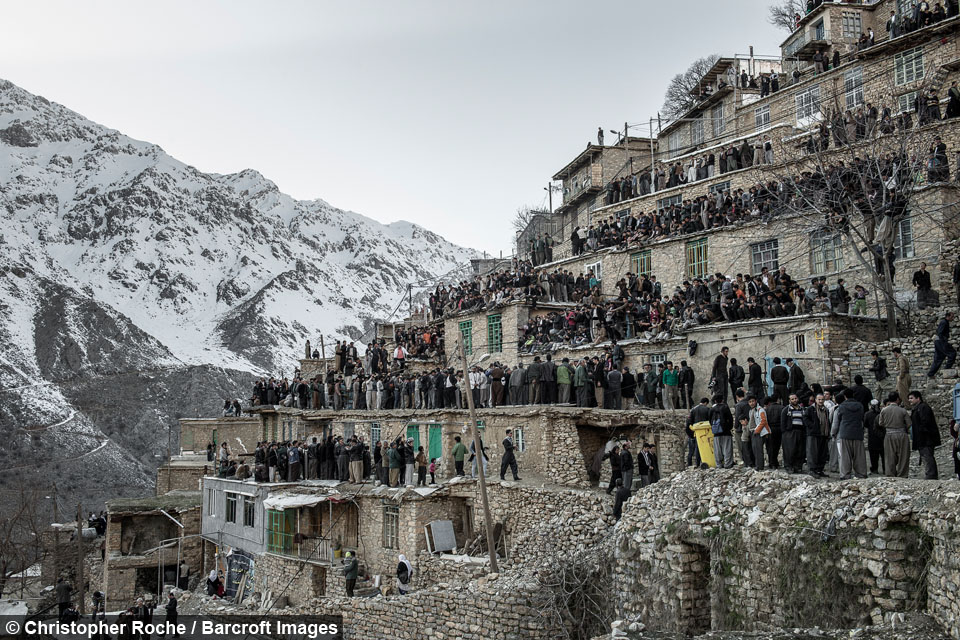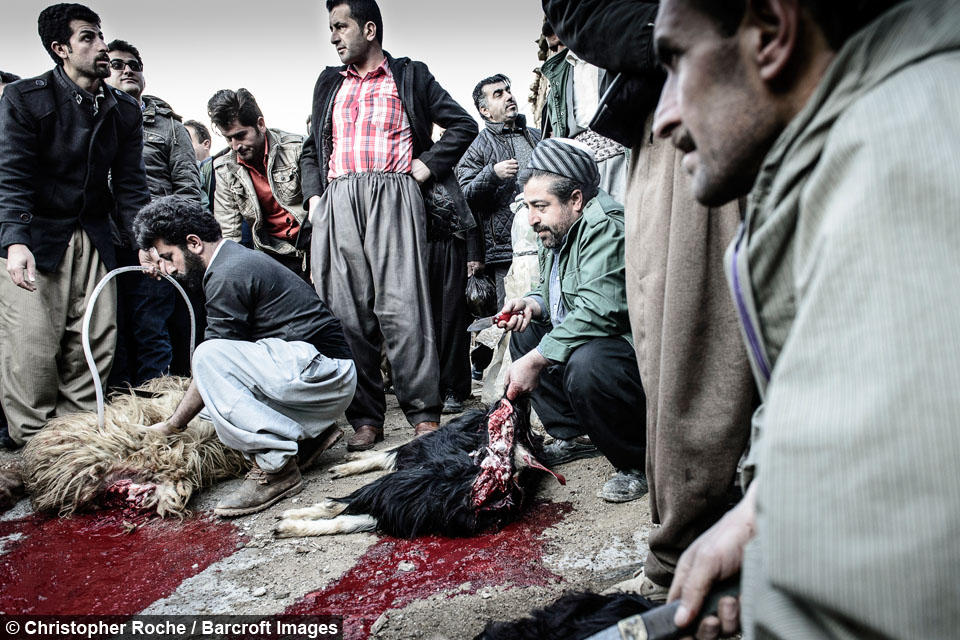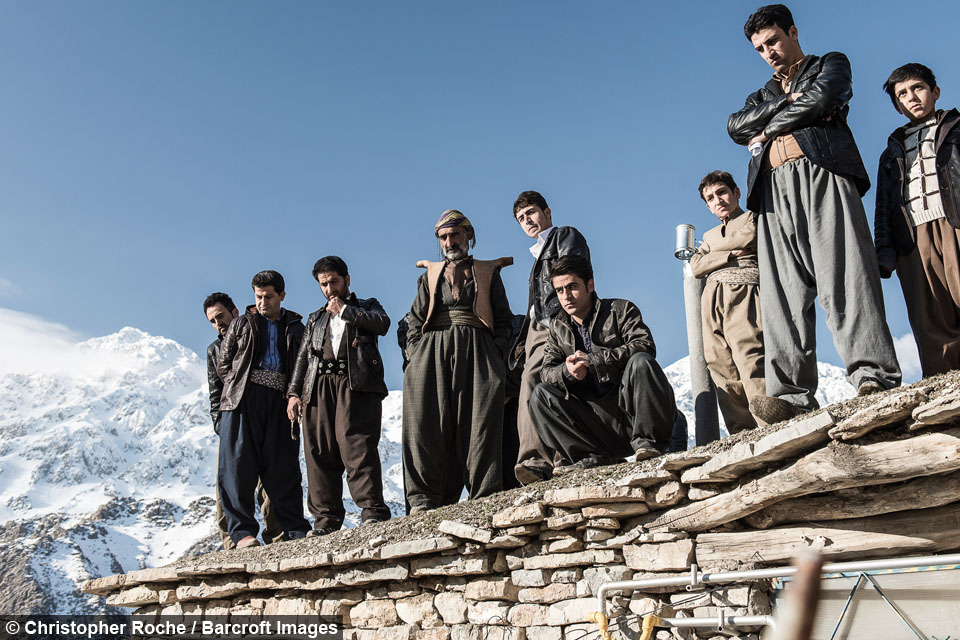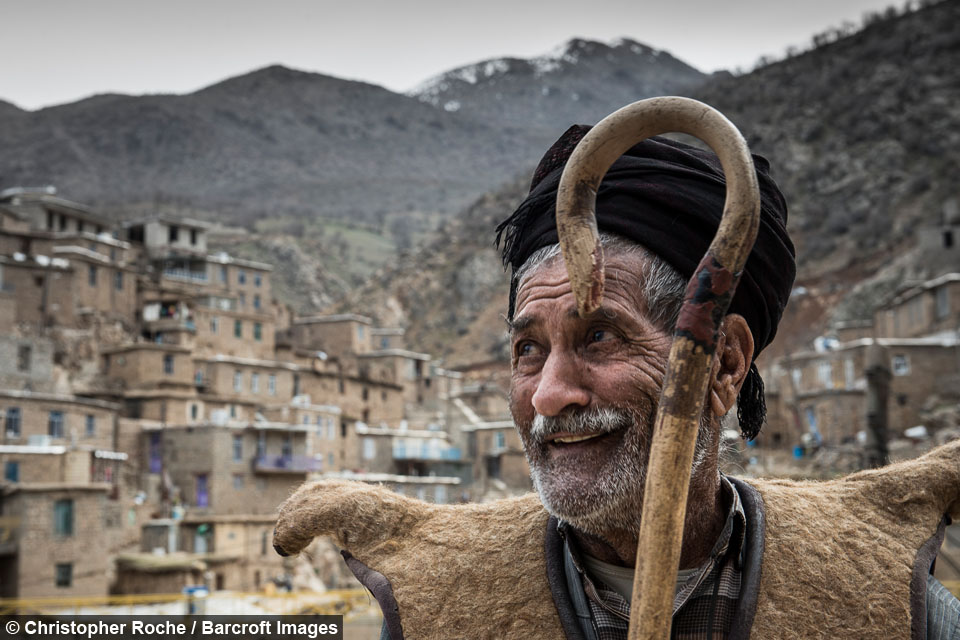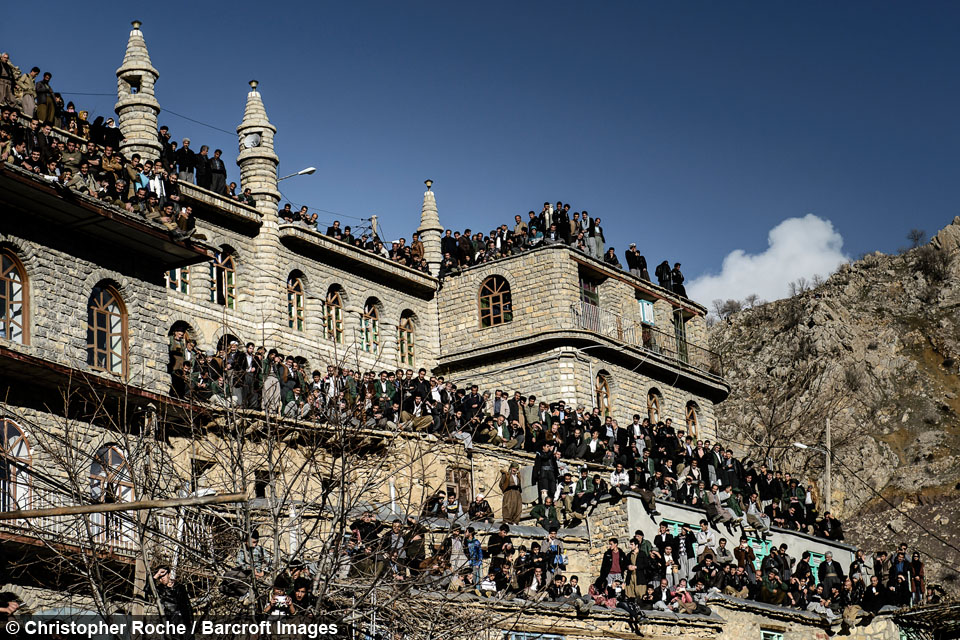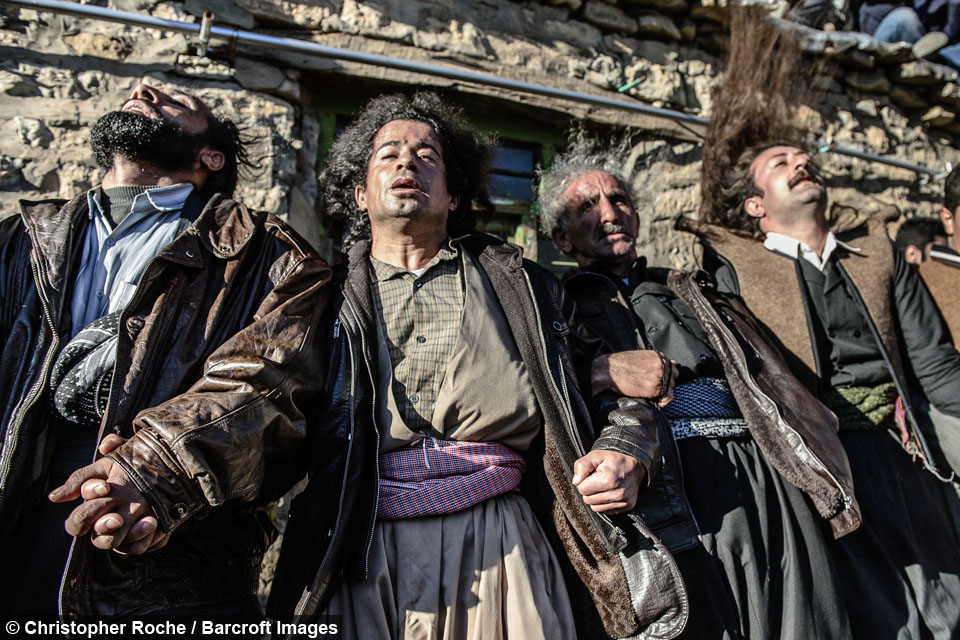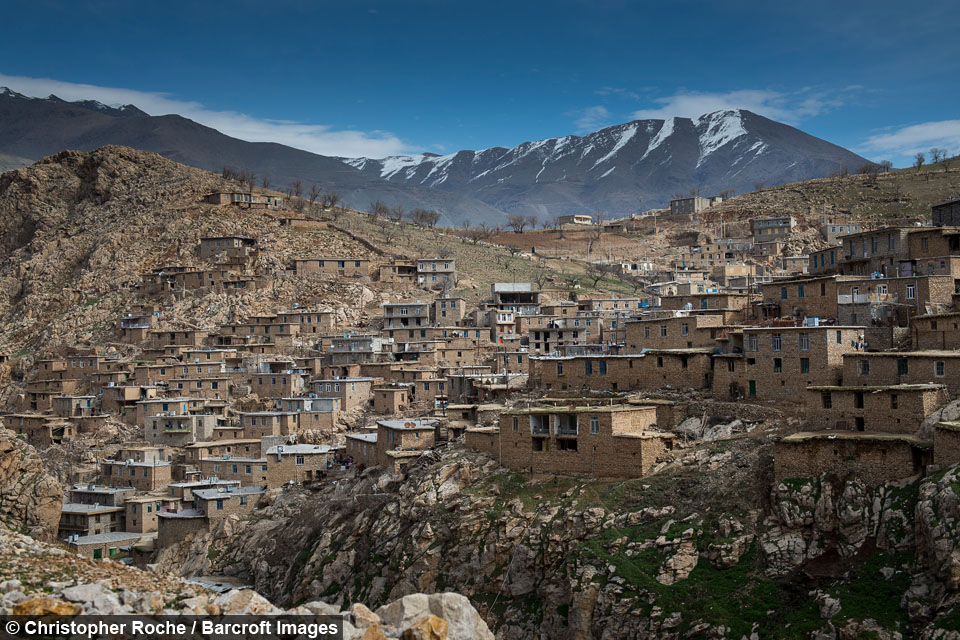Photographer Captures Ancient Kurdish Festival in Remote Mountains
By Alex Davidson
Scroll down for the full story
Christopher Roche visited the village of Uramantakht, just a few kilometres from the border with Iraq, which is home to some of the millions of Kurds dispersed throughout the Middle East.
The villagers gathered to celebrate the wedding of Pir-e-Shaliar, a legendary wise man - drawing on traditions that existed long before Islam.
"Historically and geographically isolated, the Kurds here practice ancient traditions," Roche said.
"They are ostensibly Sunni Muslims but in truth they follow their own spiritual practices."
Preserving these practices has been far from easy. Iraqi Kurds were brutally repressed by the regime of Saddam Hussein, and many have since migrated all over the world.
The inhabitants of the village, whose name is believed to originate from pre-Islamic, Zoroastrian times, believe Pir-e Shaliar possessed magical abilities.
Roche said: "Pir-e Shaliar had magical healing qualities and the power to populate the land with livestock and crops in times of trouble.
"For this he was rewarded with the hand in marriage of the daughter of the King of Bokhara and it is this event that is celebrated."
And the remoteness of the village does not deter the villagers from various tribes in making the long journey.
"To participate in this celebration the mountain people make their way through the snow to Uramantakht where festivities and prayers to God continue over a few days,” Roche said.
The celebrations, mainly involving food and prayer, are lovingly captured in Roche’s photographs.
"The festival starts before dawn with children distributing walnuts," Roche added.
"They knock on the villagers' doors announcing ‘Kalavrocheneh’."
At daybreak sheep and goats are slaughtered, and a special soup called ‘Veloshin’ is made.
The photographer said: "The cooking process itself is considered a holy event and is accompanied by blessings and prayers.
"During the evening and into the night the men meet in the house of Pir-e Shaliar and continue their ritual of chanting prayers.
“Relics such as wooden beads and the shoes of Pir-e Shaliar are passed around and kissed."
Roche’s photographs capture the community spirit of the Kurdish villagers in spite of their crowded surroundings where, he said, "one home’s roof is another’s courtyard."
